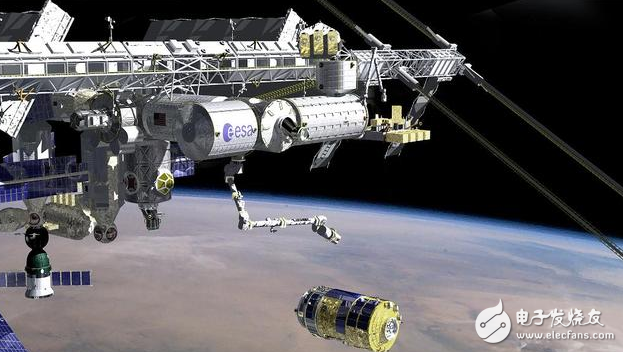According to the Kyodo News Agency, Japan will launch the unmanned cargo spacecraft "é¹³" No. 6 on the seed island universe center in Kagoshima Prefecture on the 9th to deliver materials to the International Space Station. In addition to the food and drinking water of astronauts, the materials to be transported include seven ultra-small satellites developed by universities and enterprises, and new types of batteries made up of Japanese-made batteries that are necessary for the use of space stations. The variety of materials is 5.9 tons.
On the 1st, the Russian "Progress" cargo spacecraft fell after the launch and declared a failure. The success of the launch of "é¹³" was highly anticipated.
One of the highlights of this shipment is the ultra-small satellite. Upon arrival at the space station, the satellite will be released from the Japanese experimental cabin "Hope" during the year. The satellites vary in size from a cube with a side length of 10 cm to a rectangular parallelepiped with a maximum side length of 30 cm. The purpose is also very unique.
Developed by Nakajima Iron Works and Northeastern University, "FREEDOM" aims to confirm that satellites that have ended their missions enter the atmosphere as soon as possible to avoid becoming space junk.

After the satellite decelerates, its orbital height will drop. After entering the space, FREEDOM will unfold a film of 1.5 meters square and expand the very small atmospheric resistance to slow down. This will reduce the time to enter the atmosphere from the previous 3 months to 1 year to about 1 month.
The Ushida tree of the Iron Works emphasized: "The use of small satellites is becoming more and more active. It is hoped to establish new technologies that will enable them to quickly get out of orbit."
The "EGG" developed by the University of Tokyo and the University of Japan uses a gas pressure expansion umbrella to slow down. In the future, we will strive to use it on the detectors that go to the thin Mars.
In addition, experiments aimed at maintaining satellite orbits will be conducted. The “AOBA-Velox III†developed by Kyushu Institute of Technology and Nanyang Technological University in Singapore attempts to use a radio-based electric propulsion machine from the ground to control the natural height drop due to atmospheric resistance.
The shipment also carries six new batteries for the space station. The battery is equipped with a number of Japanese-made lithium batteries, which is the first time that the space station infrastructure has adopted Japanese products. These batteries will replace the solar cells to provide electricity during periods when the space station has no sunshine. The battery will be transported 24 times in 4 times through the “鹳â€, replacing the current 48 nickel-metal hydride batteries.
In addition, the parts of the carbon dioxide removal device necessary to maintain the life of the astronauts, the water of the 600-liter seed island as drinking water, and the fresh food produced in Japan will also be transported to the space station.
Solder is an indispensable material for the manufacture of electronic products
Solder Wire,Lead Free Solder Wire,Solid Solder Welding Wire,Solder Tin Wire
Shaoxing Tianlong Tin Materials Co.,Ltd. , https://www.tianlongspray.com